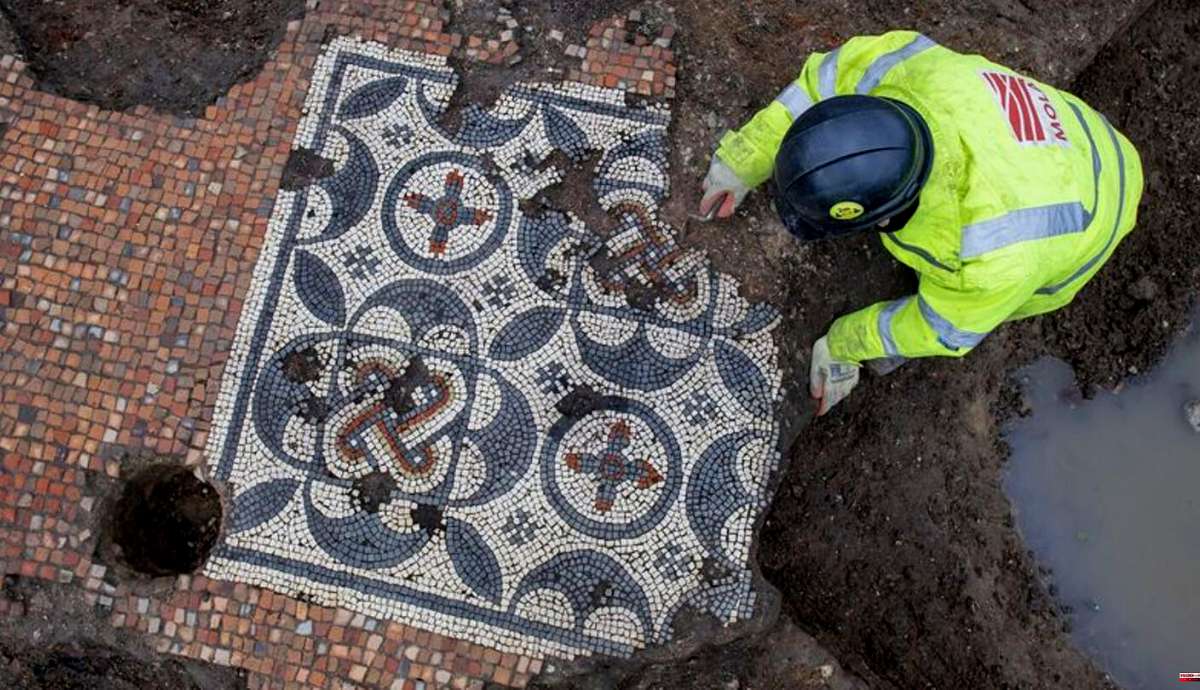
British Museums may soon run out of storage space for archaeological artifacts. Most of them, archaeologists unearthed during construction works. Overall, the number of artifacts is large, and the space is small. A large number gathers dust in British warehouses. Also, museums don’t have enough space to exhibit all of them. This affected objects from many centuries: from Roman to the Bronze Age.
Four to Five Years Until Real Problems Emerge For British Museums

Public bodies announced that if this continues, soon there will be no way to maintain the stored artifacts. The Historic England and the Arts Council England department released information about this. “The clock is ticking—we have four or five years before we start seeing massive problems”, Barney Sloane, a national specialist services director at Historic England.
However, public bodies are not the only ones concerned with this issue. Archaeologists believe that if we reject them, we would lose the opportunity to understand important periods of society’s development. These archives are an important element of both the past and the future. It would be a shame not to protect them.

Before clearing land for buildings, developers hire archaeological contractors. They are the ones who discovered them. Commercial archaeologists uncovered uncovered a sizable Roman mosaic. Also, they uncovered Roman marketplace in central England. But, Britain is not the only one facing these problems. There are also Scotland, Wales, and Northern Ireland.
Building a National Archive as a Solution

A report from England states that some museums stopped adding new artifacts to their collections. Although the public cannot get to them, those who want to explore them have an insight. However, discussions on the creation of a national archive are ongoing. A national archive would solve these problems for the next century. The only question that remains is the government’s willingness to finance this project.
One of the biggest problems relates to The British Museum. Out of the 8 million artifacts in its collection, only 80,000 are visible to the public. The museum apparently unveiled blueprints for its future construction. They stated the back of the home, including storage, took 60% of the space, leaving only 23% for the gallery.

If the government refuses to finance the construction of a national archive, there remains one more solution. This includes the underground storage facility where they originated. To store 20,000 boxes of historical relics that they can retrieve as needed, Cambridgeshire County Council chose Deepstore, a subterranean storage facility. If no other solution exists, the others can also follow these steps.










